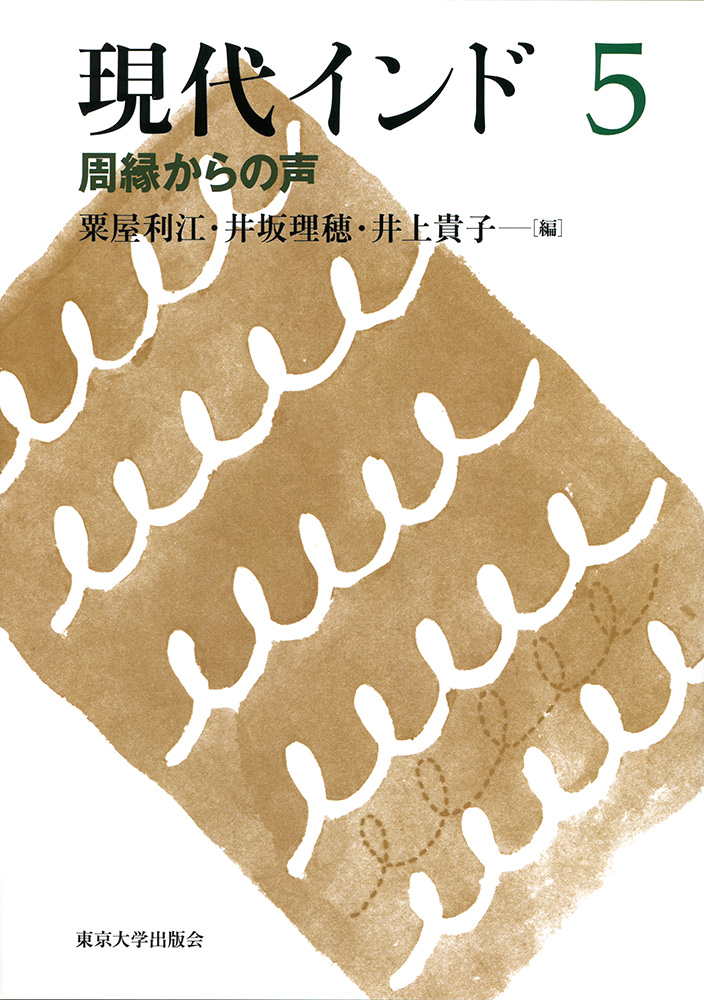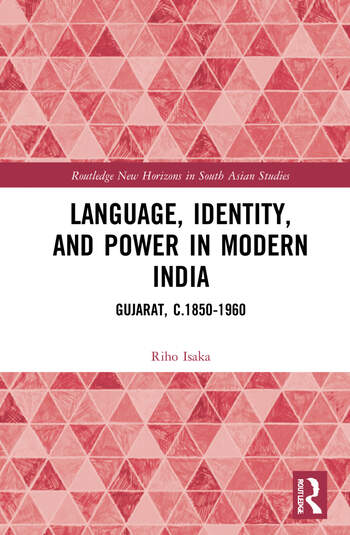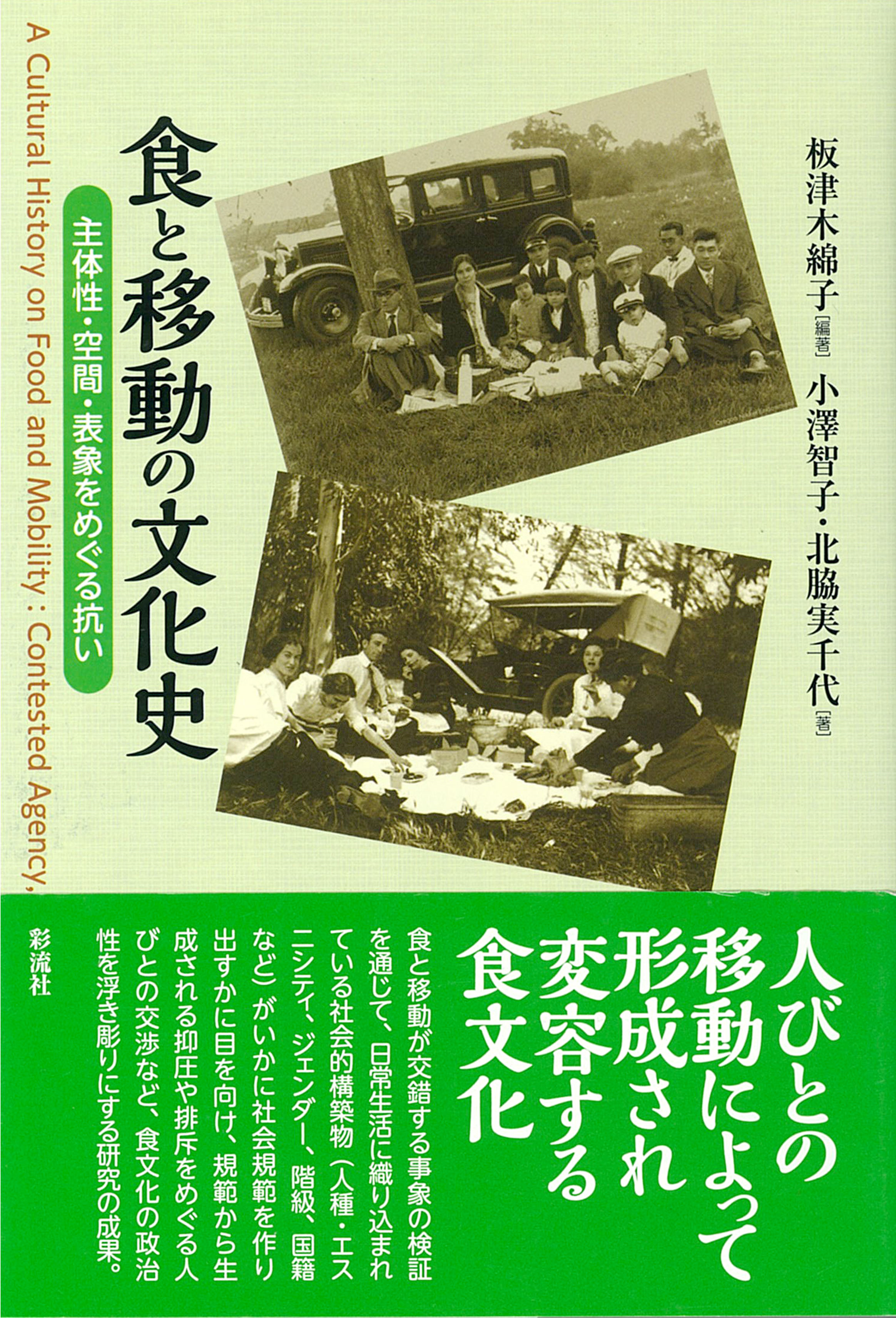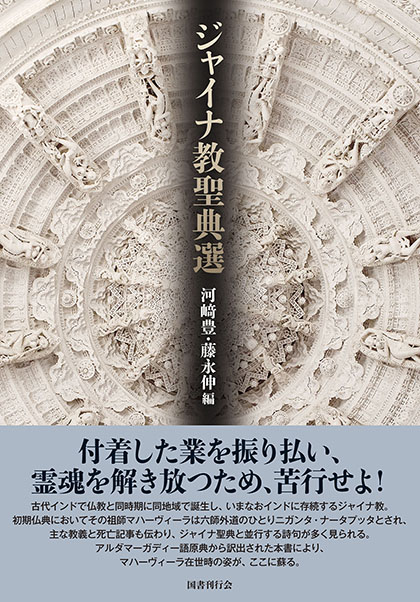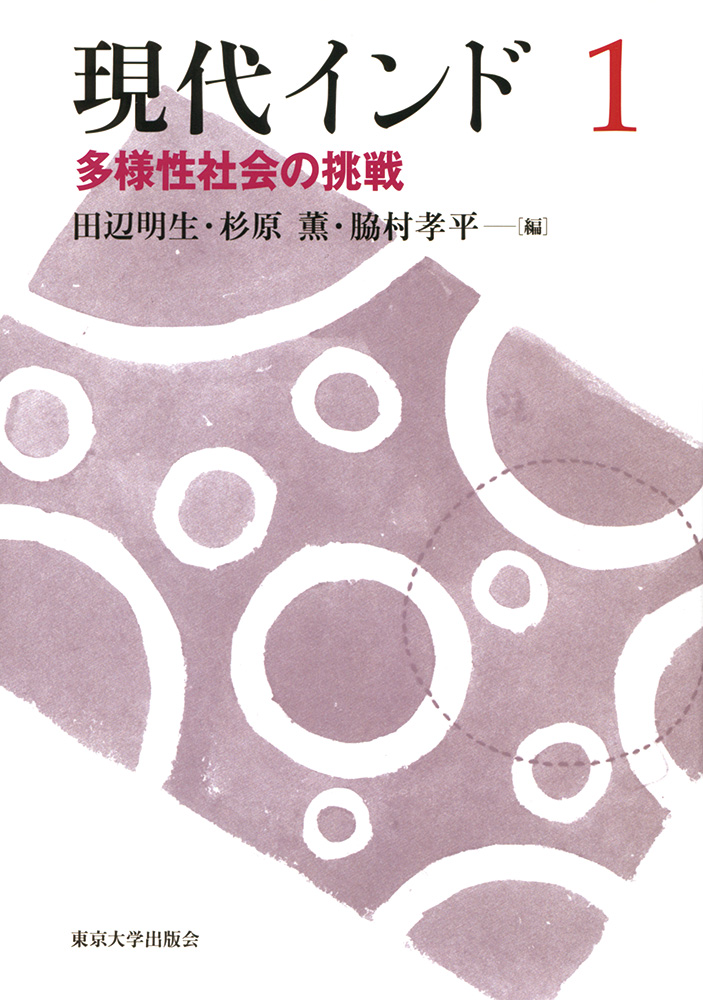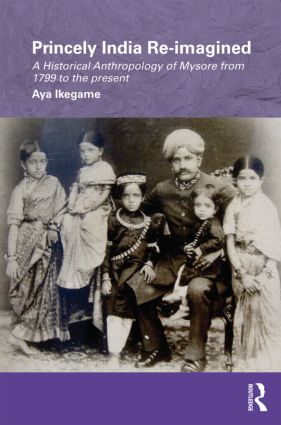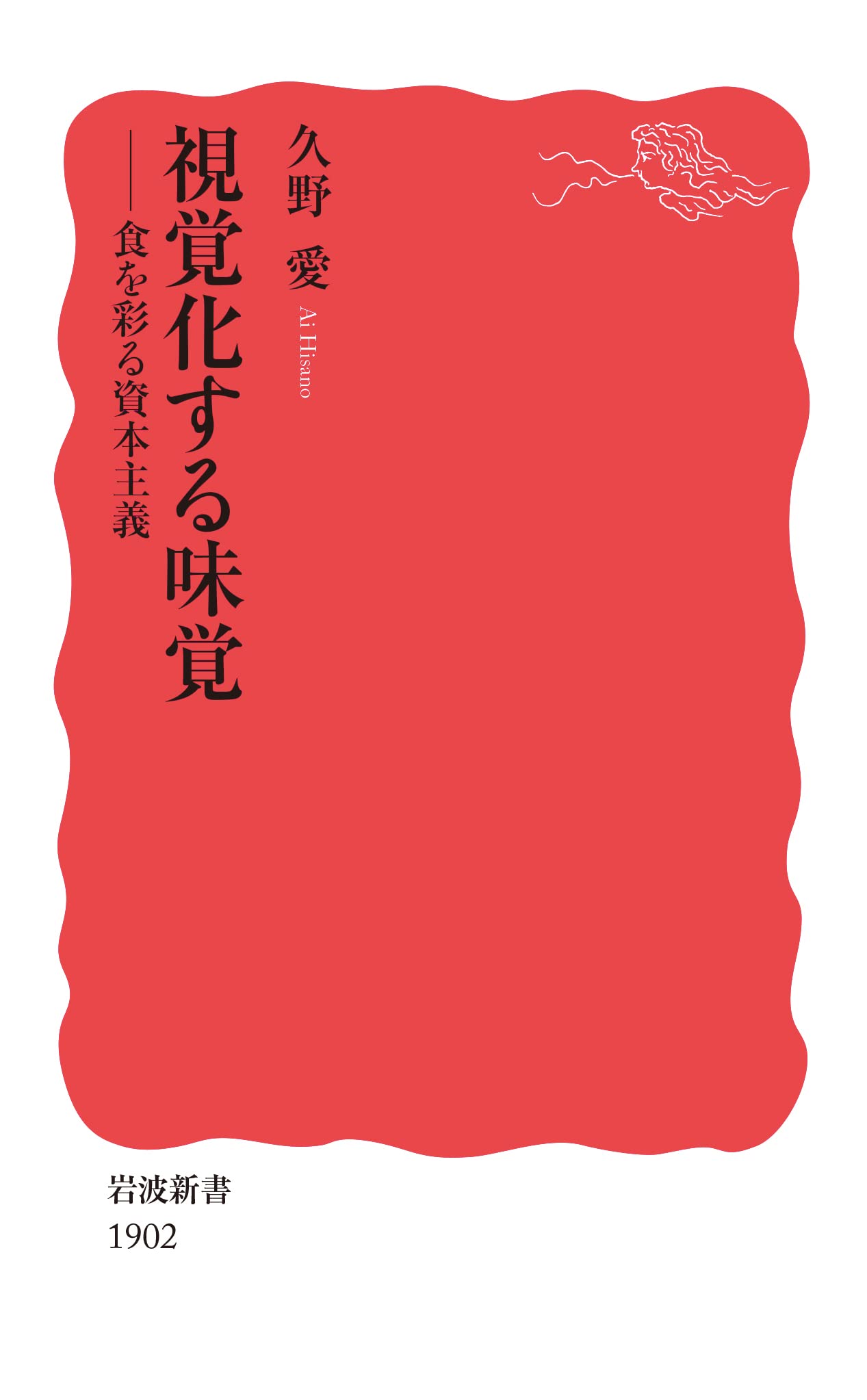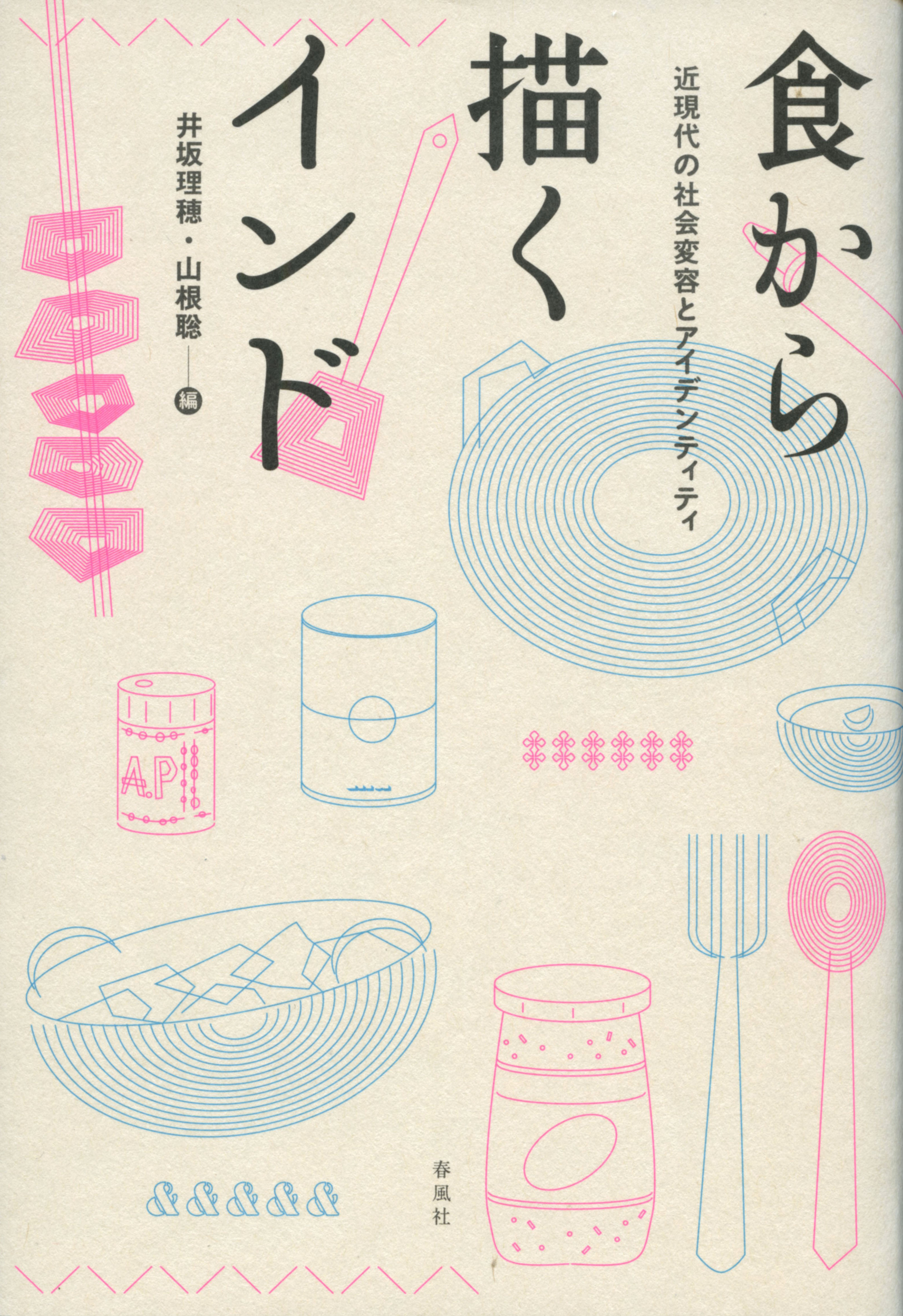
Title
Shoku kara Egaku Indo: Kingendaino Shakaihenyo to Aidentiti (Food, Social Change, and Identities in Modern India)
Size
400 pages, 127x188mm, hardcover
Language
Japanese
Released
February, 2019
ISBN
9784861106330
Published by
Shumpusha
Book Info
See Book Availability at Library
This book aims to examine the ways in which people in modern India choose what to eat, and to show how their choice of food reflects their different identities as well as the social, economic, and political conditions of their times. The authors of the ten chapters and six short essays included in this volume, who specialize in different disciplines, present insightful case studies to demonstrate how different individuals and social groups in modern India tried to define “their” food. These attempts sometimes led to serious disagreements and conflicts with other individuals and groups, suggesting the significant roles that food plays in defining people's identities and distinguishing between “us” and “them.” These case studies are based on a wide variety of sources, including cookbooks, memoirs, novels and short stories, and oral accounts collected in the authors' fieldworks. While analyzing the relationships between food and various social identities, this book further encourages us to reexamine and question the way we categorize food and eating habits.
The book’s introduction overviews recent works on food in modern India and provides basic information about the food consumption patterns of different social groups. It also examines some of the debates among the colonial elite on their own food habits, followed by an analysis of a concept of “Indian cuisine” that was constructed/reconstructed after independence. At the end of the introduction, there is also a brief discussion of the idea of “curry.”
The rest of the book is divided into three parts. Part I focuses on the attempts of individuals and social groups in colonial India, such as the Muslim literati, the British memsahibs, the Hindu middle class, and the Parsis, to redefine and reconstruct “their” cuisines and culinary practices under the influence of colonialism and nationalism. It also includes a chapter that narrates the story of a migrant who moved to Delhi from western Punjab at the time of the Partition and popularized tandoori chicken. Part II has two chapters, one of which analyzes a memoir written by a migrant who moved from South India to Britain, especially her descriptions of food. The other chapter focuses on short stories about women, food, and cooking, written by female authors in contemporary India. Both chapters show the complex identities of these writers and the social changes of their times through their descriptions of food. Part III in turn examines recent incidents and developments related to food and drink, such as the roles of food in regional and caste politics, the changing patterns of alcohol consumption among different social classes, and the debates on halal food. This part demonstrates the ways these incidents and developments are related to political, economic, and social changes in contemporary India, such as rapid economic growth, globalization, and the rise of Hindu nationalism.
(Written by ISAKA Riho, Associate Professor, Graduate School of Arts and Sciences / 2019)



 Find a book
Find a book


